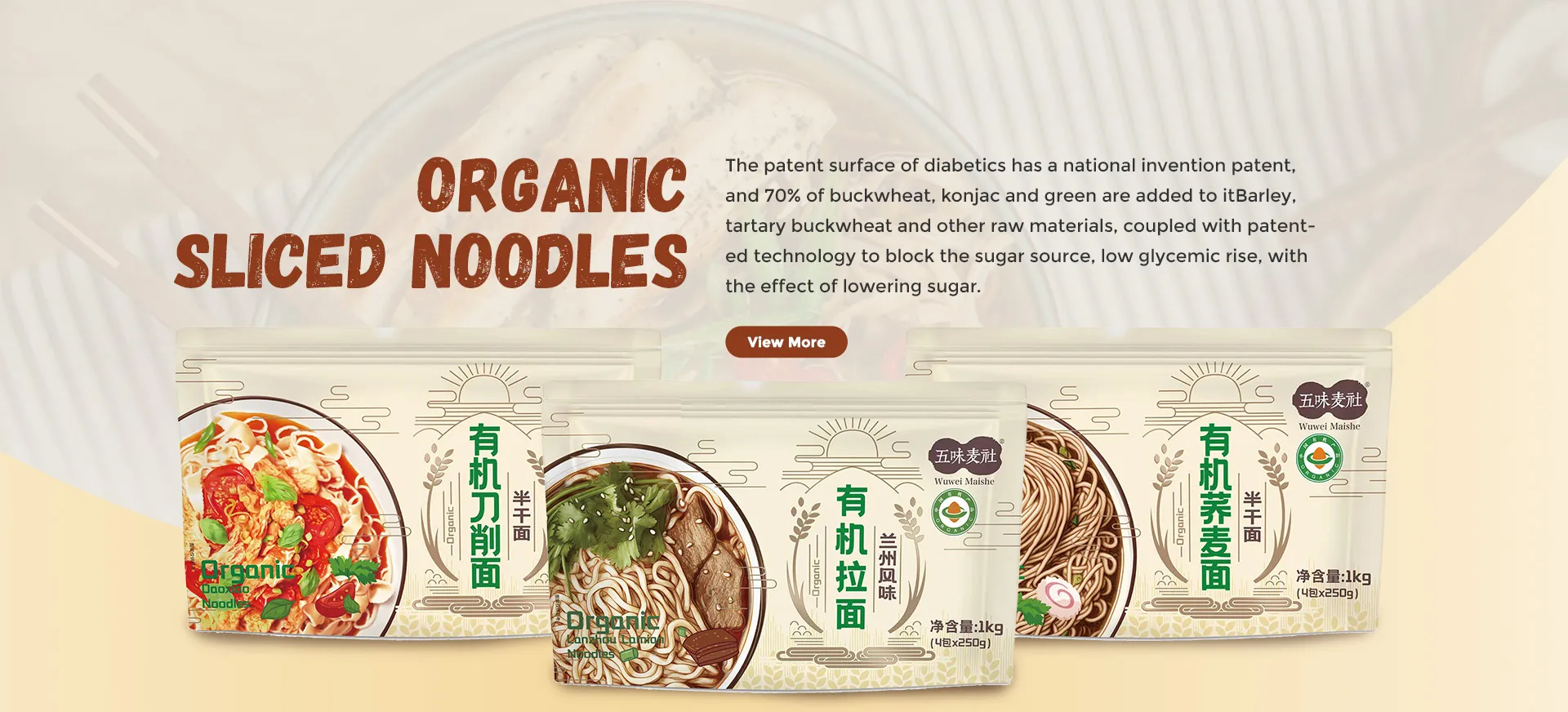Discover the Delights of Japanese Soba Noodles and Their Culinary Versatility
The Delightful World of Soba Noodles A Culinary Journey
Soba noodles, a staple of Japanese cuisine, have been delighting taste buds for centuries. Made primarily from buckwheat flour, these thin, brownish noodles are not only delicious but also packed with nutrients, making them a healthy choice for various dishes. The name soba translates to buckwheat in Japanese, reflecting the primary ingredient that sets these noodles apart from traditional wheat-based pasta. But there's more to soba than just its ingredients; the history, cultural significance, and versatility of these noodles weave a captivating story that deserves exploration.
Historical Roots
Soba noodles can trace their origins back to the Edo period (1603-1868) in Japan, particularly in the mountainous regions of Nagano and Yamagata, where buckwheat thrived in the cooler climate. Initially, they were crafted as a simple peasant food, providing nourishment for the hard-working farmers of the time. Over the years, soba gained popularity, particularly in urban areas, where soba-ya (soba shops) began to sprout up, serving fresh, hand-made noodles. Today, soba remains a beloved comfort food in Japan and is enjoyed worldwide.
Nutritional Benefits
One of the major benefits of soba noodles stems from their primary ingredient—buckwheat. Unlike many other grains, buckwheat is gluten-free, making it an excellent choice for those with gluten sensitivities or celiac disease. Additionally, buckwheat is high in protein and contains essential amino acids, making it a great alternative to traditional pasta. It is rich in vitamins and minerals, including manganese, magnesium, and dietary fiber, which promotes digestive health and supports cardiovascular function.
Culinary Versatility
Soba noodles are incredibly versatile, suitable for a wide range of dishes, from hot soups to cold salads. One of the classic ways to enjoy soba is in a hot broth, served as soba noodle soup with toppings like green onions, tempura, or even a soft-boiled egg. Alternatively, cold soba, known as zaru soba, is often served on a bamboo tray with a dipping sauce called tsuyu. The refreshing taste and chewy texture of cold soba make it a perfect dish for hot summer days.
soba noodles

Another popular dish is soba salad, where chilled noodles are tossed with a variety of fresh vegetables, proteins such as grilled chicken or tofu, and a tangy dressing. This dish not only highlights the noodles but also allows for creativity in flavor combinations and presentation. The possibilities are endless, allowing chefs and home cooks alike to experiment with different ingredients and techniques.
Cultural Significance
In Japan, soba holds cultural significance beyond its delicious taste. It is often eaten on New Year's Eve as a tradition known as toshikoshi soba. This practice symbolizes the crossing over from one year to the next, with the long shape of the noodles representing longevity and the hope for prosperity in the coming year. This cultural relevance adds to the enjoyment of soba, transforming a simple meal into a meaningful experience.
Soba Around the World
As interest in global cuisines continues to rise, soba noodles have found their way into kitchens and restaurants around the world. Chefs appreciate their unique flavor, health benefits, and adaptability in various dishes, from sushi to stir-fries. Innovative recipes are emerging, merging soba with international flavors, embracing a fusion of cultures while staying true to its roots.
Conclusion
Soba noodles carry with them a rich history, myriad health benefits, and a profound cultural significance in Japan. Their delightful taste and versatility make them a favorite among food enthusiasts everywhere. Whether enjoyed in a traditional Japanese setting or incorporated into modern fusion dishes, soba noodles continue to inspire and nourish people around the globe. So, the next time you seek a comforting yet wholesome meal, consider reaching for a bowl of soba noodles, savoring not just their flavor but the story they tell.
-
Unleash Your Inner Chef with Delectable Italian Pasta CreationsNewsAug.01,2025
-
Savor Health and Flavor: Irresistible Soba Noodles for Sale Await!NewsAug.01,2025
-
Nourish Your Body with Premium Organic Ramen - A Culinary Delight AwaitsNewsAug.01,2025
-
Elevate Your Dishes with Our Exquisite Kinds of Egg NoodlesNewsAug.01,2025
-
Dive into Flavorful Convenience with Our Ramen OfferingsNewsAug.01,2025
-
Discover Exquisite Types of Naengmyeon and Chilled Soba NoodlesNewsAug.01,2025
-
Is Whole Wheat Pasta Healthy?NewsMay.30,2025
Browse qua the following product new the we

















































































































